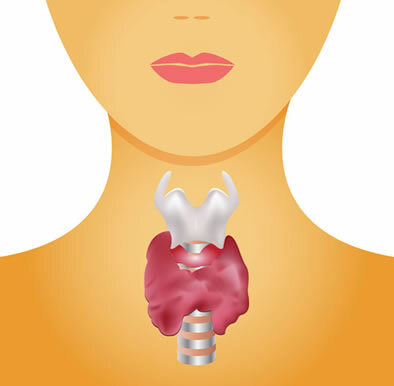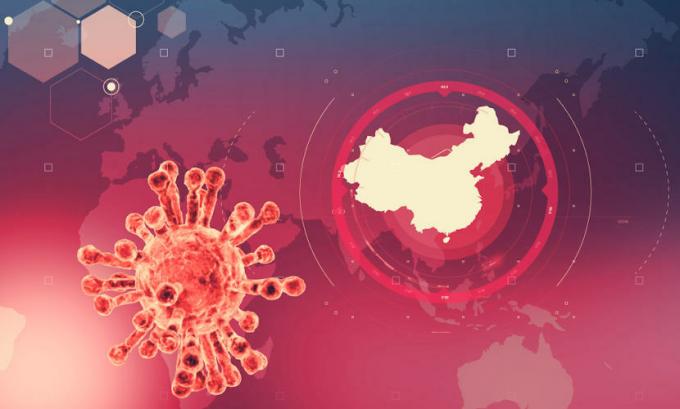We know that the plasma membrane it is responsible, among other functions, for controlling all substances entering and leaving the cell. Because of this ability, we say that the membrane has selective permeability. This selection is important because it guarantees the entry of oxygen and nutrients into the cell, in addition to guaranteeing the elimination of the products of cellular metabolism.
→ Types of transport across the membrane
We can classify the transport across the membrane by analyzing the energy expenditure a cell presents when transporting a substance. That transport in which there is no energy consumption is called passive, and the one with energy expenditure is called active.
Passive Transport
Simple broadcast: particles move from a more concentrated place to a less concentrated place. In this case, we say that the movement is in favor of concentration gradient. The substance crosses the membrane through the membrane itself or through channels. Among the substances that can be transported in this way, we can mention oxygen and carbon dioxide.
Diffusion facilitated: a substance is transported through the participation of proteins present in the membrane. These proteins are known as carrier proteins and facilitate the spontaneous movement of molecules without any energy expenditure by the cell. Substances such as amino acids and sugars can be transported in this way into the cell.
Osmosis: it is a special type of diffusion, and in this case, the substance that diffuses through the cell is water. In cells, water diffuses from the least concentrated medium to the most concentrated one. If a cell is placed, for example, in a medium in which the concentration of solute (dissolved substance) is much higher than that inside the cell, the cell tends to lose water through osmosis. If the opposite occurs, the cell fills with water.
Active Transport
In this type of transport, energy is spent, which is supplied to the cell by the process of cellular respiration. Unlike other processes, a substance runs against the concentration gradient. As substances that can be transported in this way, sodium and potassium ions stand out, which guarantee the nerve impulse.
Take the opportunity to check out our video classes related to the subject:



